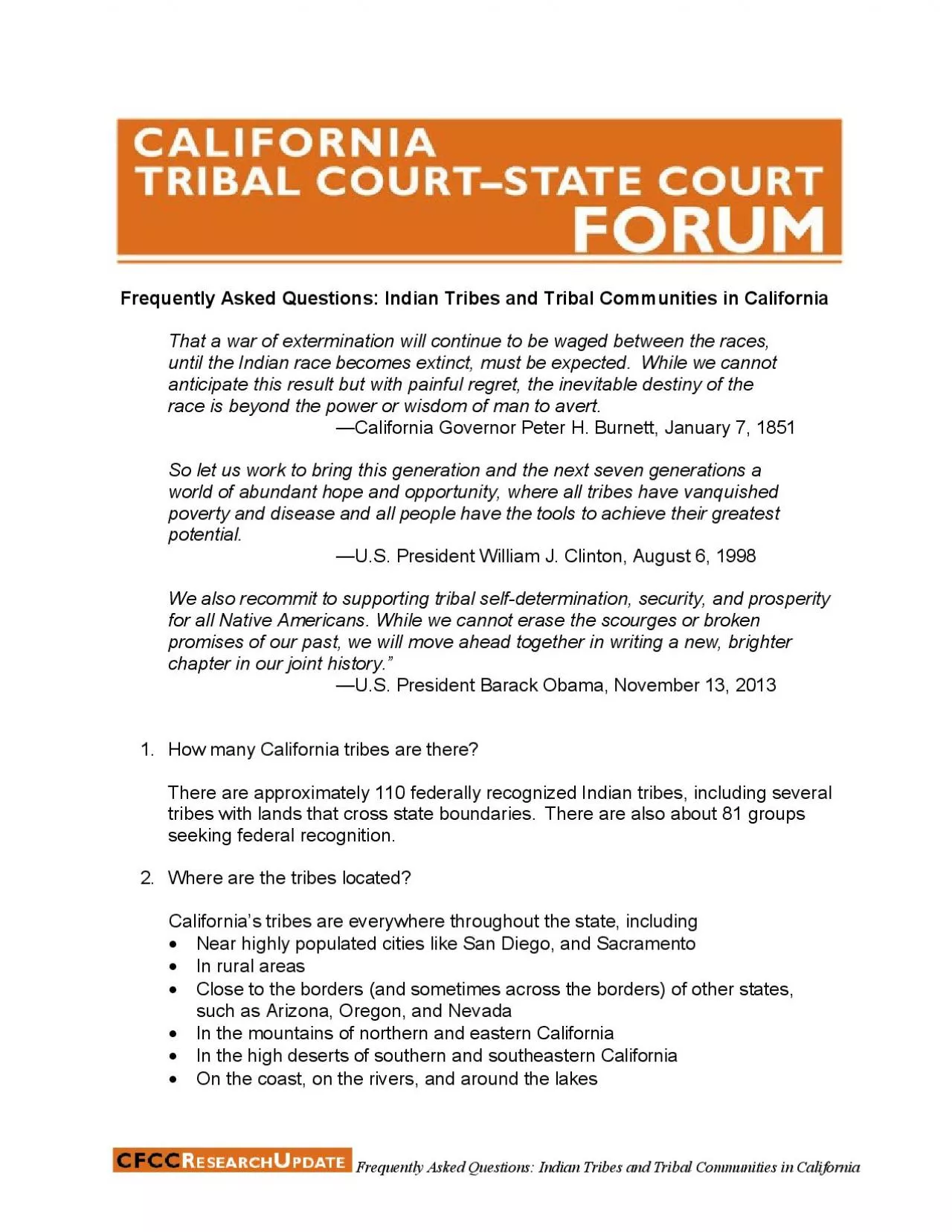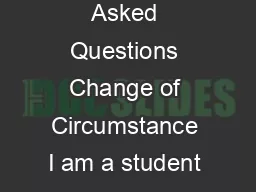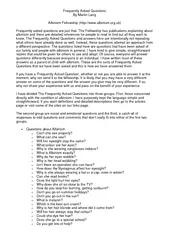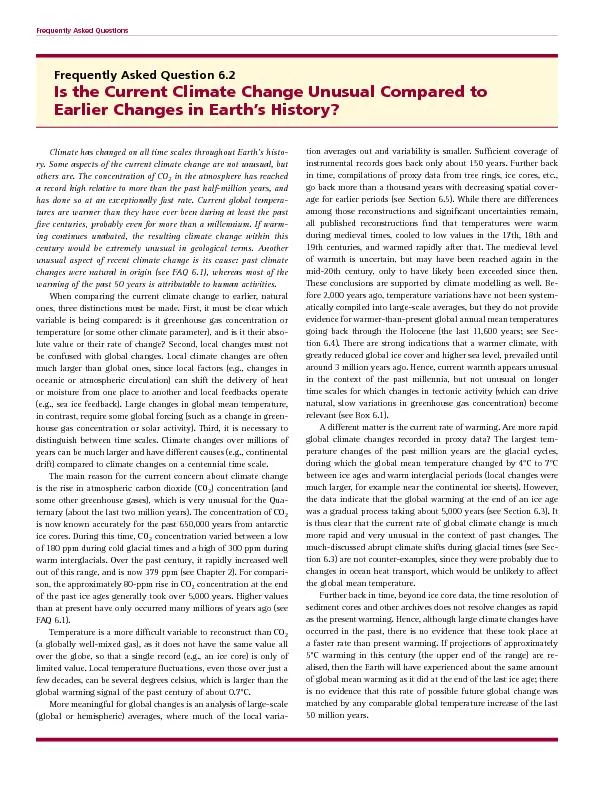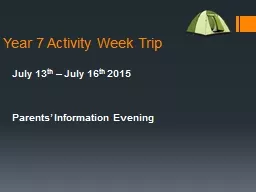PDF-Frequently Asked Questions Indian T
Author : bency | Published Date : 2021-09-26
ribes and Tribal Communities in CaliforniaFrequently Asked Questions Indian Tribes and Tribal Communities in CaliforniaThat a war of extermination will continue
Presentation Embed Code
Download Presentation
Download Presentation The PPT/PDF document "Frequently Asked Questions Indian T" is the property of its rightful owner. Permission is granted to download and print the materials on this website for personal, non-commercial use only, and to display it on your personal computer provided you do not modify the materials and that you retain all copyright notices contained in the materials. By downloading content from our website, you accept the terms of this agreement.
Frequently Asked Questions Indian T: Transcript
Download Rules Of Document
"Frequently Asked Questions Indian T"The content belongs to its owner. You may download and print it for personal use, without modification, and keep all copyright notices. By downloading, you agree to these terms.
Related Documents

